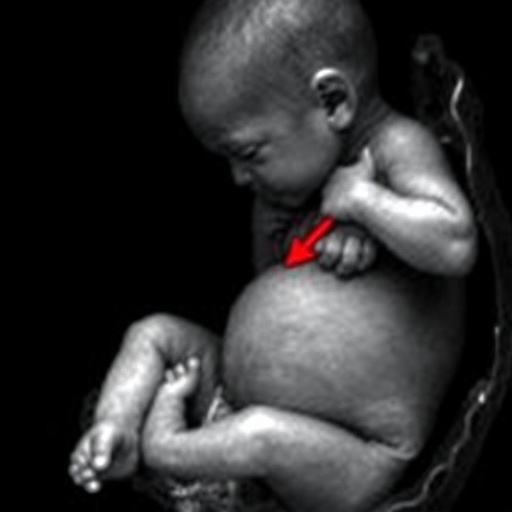Experts believe that where on the body people store surplus fat, whether round their middle or round the liver, may be genetically determined.
Exactly where extra fat is stored matters more than the amount when it comes to insulin resistance and risk of diabetes and other conditions.
Now 14 new genetic variants that dictate where the body stores surplus fat have been pinpointed by scientists across Europe, including at Brunel University London and the University of Exeter. And surprisingly, some genetic factors that increase obesity work to lower metabolic risk.
"Where fat is stored is more important in terms of diabetes risk or other consequences than the actual amount of fat," said Brunel geneticist Professor Alex Blakemore.
"There are some genetic factors that increase obesity, but paradoxically reduce metabolic risk. It is to do with where on the body the fat is stored. Directly under the skin is better than around the organs or especially, within the liver.
The team looked at data from the UK bio bank from more than 500,000 people aged between 37 and 73. They used MRI (magnetic resonance imaging) scans of these people's waists to match where they stored extra fat with whether they showed signs of Type 2 diabetes, heart attack and risk of stroke.
They found 14 genetic variations or changes in DNA molecule linked with higher BMI (body mass index) but lower risk of diabetes, lower blood pressure and lower risk of heart disease. The study, in the journal Diabetes, showed that as they gain weight, people who carry these genetic factors store it safely under the skin, and so have less fat in their major organs such as the liver, pancreas and kidneys.
"There are many overweight or obese individuals who do not carry the expected metabolic disease risks associated with higher BMI," said Dr Hanieh Yaghootkar at the University of Exeter Medical School. "Meanwhile, some lean or normal weight individuals develop diseases like type 2 diabetes.
"Since a large proportion of many populations are overweight or obese, our findings will help understand the mechanisms that delay or protect overweight or obese individuals from developing adverse metabolic outcomes including type 2 diabetes, heart disease and hypertension."
'Genome-wide and abdominal MRI-imaging data provides evidence that a genetically determined favourable adiposity phenotype is characterized by lower ectopic liver fat and lower risk of type 2 diabetes, heart disease and hypertension' is published in Diabetes.
###
Media Contact
Louise Vennells
[email protected]
01-392-724-927
@uniofexeter
http://www.exeter.ac.uk
http://dx.doi.org/10.2337/db18-0708




